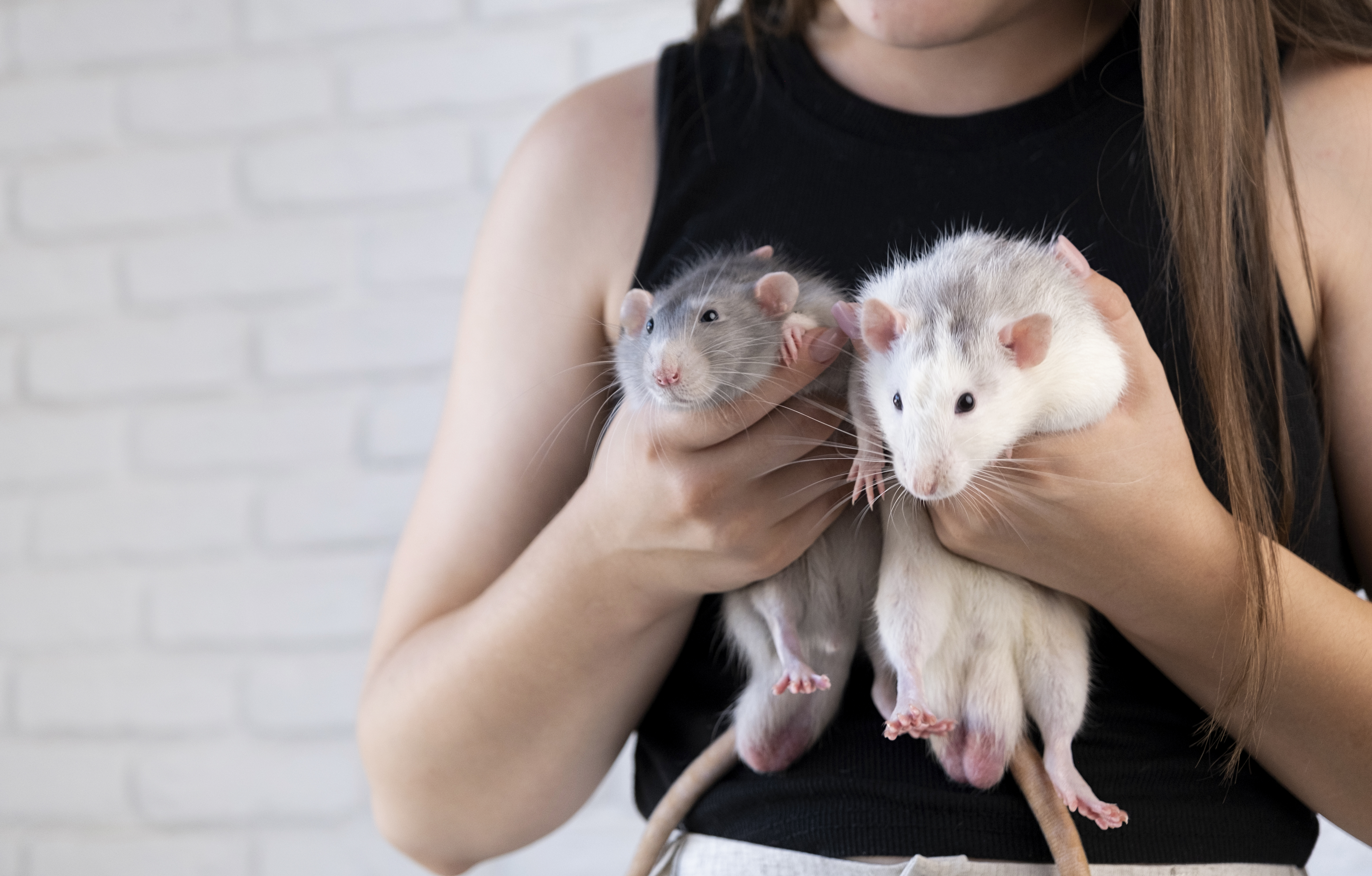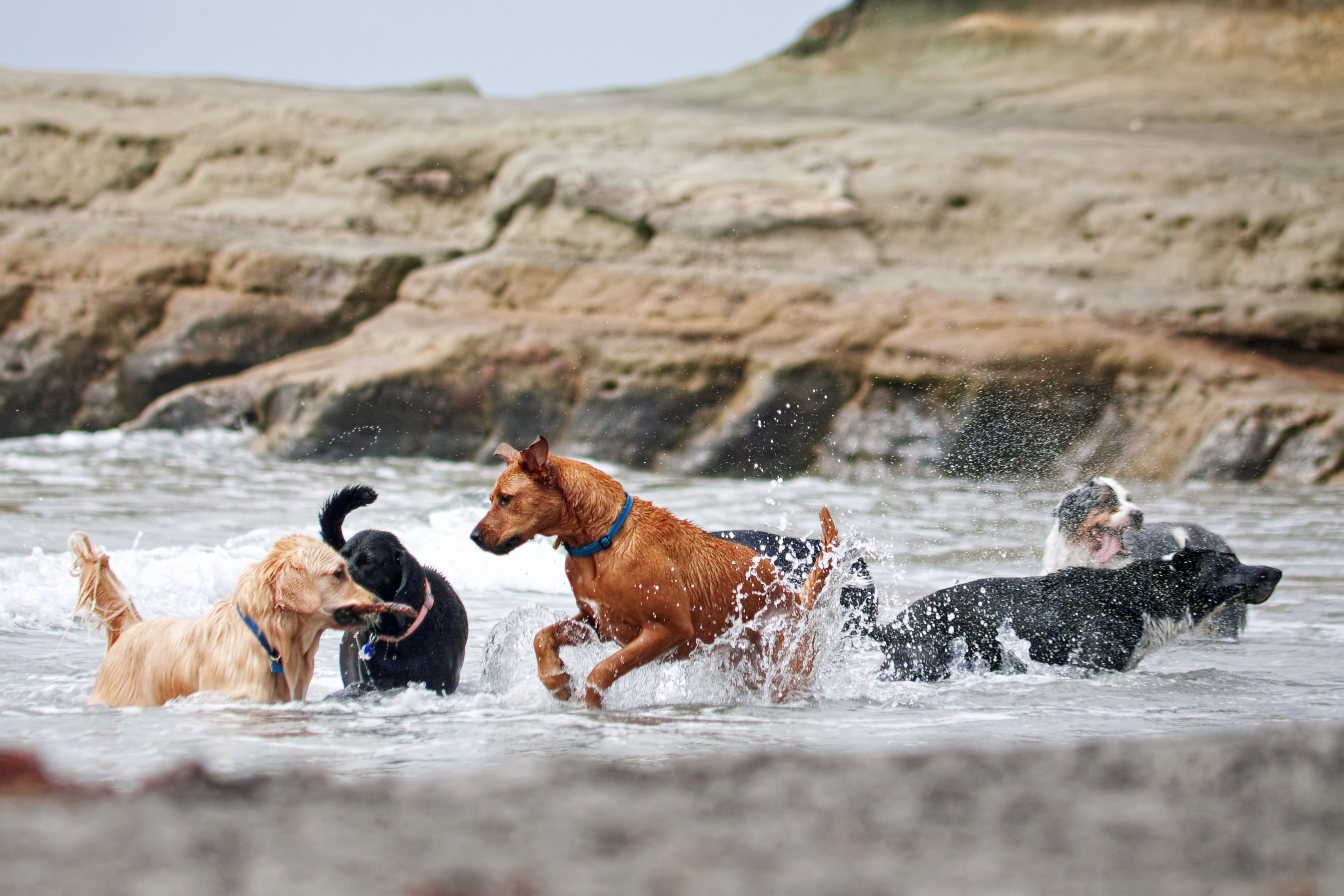Diving into the Hidden Mysteries of the Animal Kingdom
The animal kingdom is a vast, complex, and fascinating world that is far from fully understood. It is a realm of beauty, wonder, and mystery, filled with countless species, each with its own unique behaviors and characteristics. From the smallest insects to the largest mammals, every creature plays a vital role in the ecosystem and has a story to tell. This slideshow is a journey into the depths of the animal kingdom, where we will uncover some of its hidden mysteries and marvel at the rare and fascinating behaviors unseen to ordinary eyes.
The Language of Whales
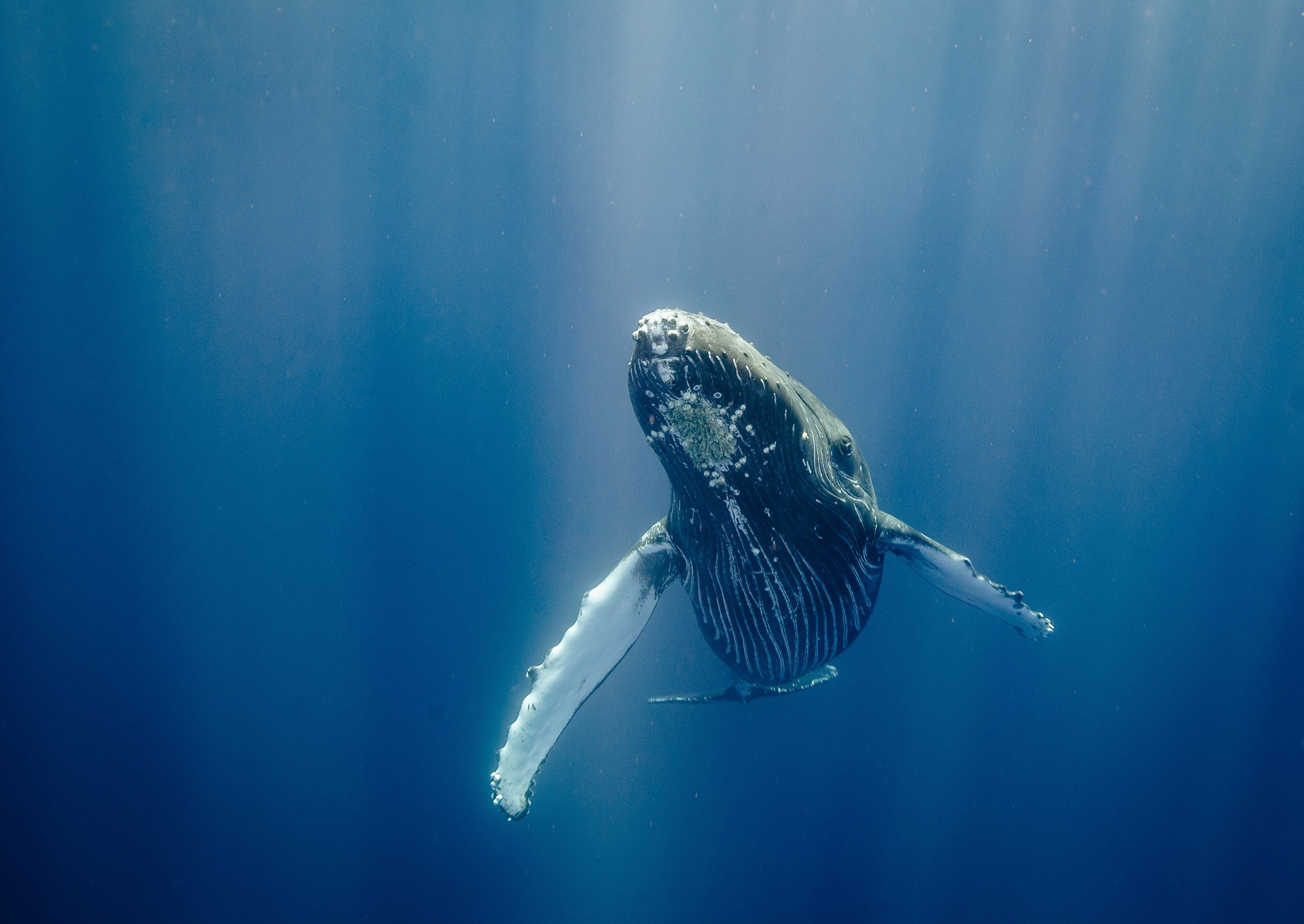
Whales, the largest mammals on earth, have a complex communication system that is still largely a mystery to us. They communicate through a series of clicks, whistles, and songs which can travel for miles underwater. Recent research has shown that different whale species have distinct 'dialects', suggesting a level of cultural learning previously thought to be unique to humans.
The Migratory Patterns of Monarch Butterflies

Every year, millions of Monarch butterflies embark on an epic journey from Canada to Mexico, a distance of over 3000 miles. This migration is one of nature's greatest spectacles and is still not fully understood. How these tiny creatures navigate such vast distances and why they return to the same trees every year remains a mystery.
The Social Structure of Meerkats

Meerkats, small mammals native to the Kalahari Desert, have a complex social structure that rivals that of primates. They live in large groups called 'clans', each led by an alpha pair. The clan works together to raise offspring, forage for food, and defend their territory. This cooperative behavior is a rare example of altruism in the animal kingdom.
The Camouflage Tactics of Cuttlefish

Cuttlefish are masters of disguise, able to change the color and pattern of their skin in an instant to blend in with their surroundings. This remarkable ability is not only used for protection but also for communication and courtship. The mechanisms behind this rapid color change are still being uncovered.
The Hunting Strategies of Wolves

Wolves are known for their cooperative hunting strategies, working together in packs to take down large prey. Each member of the pack has a specific role, from the alpha who leads the hunt to the 'wingmen' who flank the prey. This level of coordination and teamwork is rare in the animal kingdom and is a testament to the intelligence of these creatures.
The Navigation Skills of Pigeons

Pigeons have an uncanny ability to find their way home, even from hundreds of miles away. This 'homing instinct' is one of nature's greatest mysteries and has been the subject of scientific study for centuries. While the exact mechanism is still unknown, it is thought to involve a combination of magnetic sensing, visual landmarks, and olfactory cues.
The Tool Use of Crows
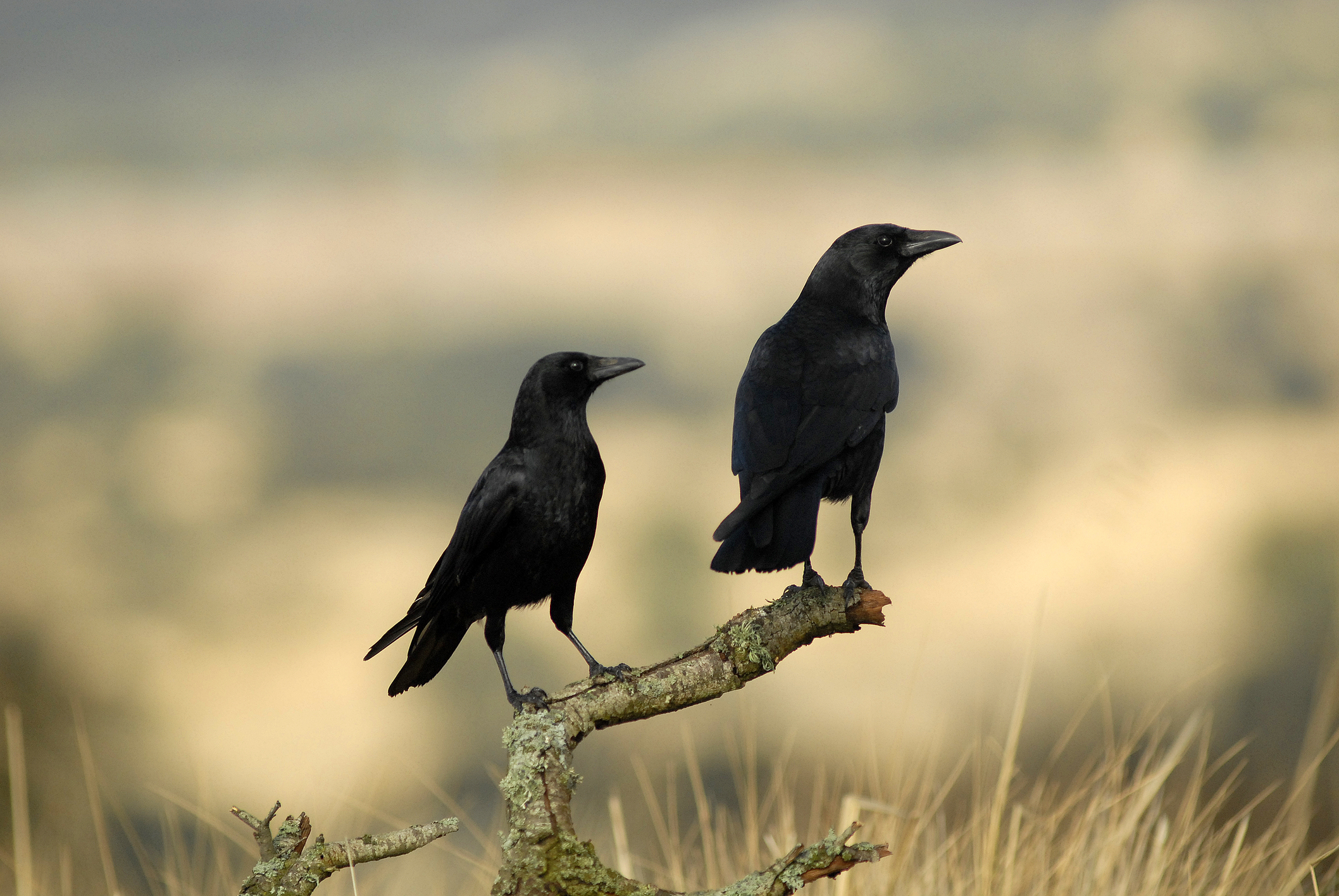
Crows are among the few animals known to use tools. They have been observed using sticks to extract insects from tree bark, dropping nuts onto roads for cars to crack, and even bending wire into hooks to retrieve food. This demonstrates a level of problem-solving ability and innovation that is rare in the animal kingdom.
The Dance of the Peacock Spider

The Peacock spider, a tiny creature native to Australia, is known for its elaborate courtship dance. The male fans out his brightly colored abdomen and performs a complex series of movements to attract a mate. This display is one of the most intricate and visually stunning in the animal kingdom.
The Echolocation of Bats

Bats have a remarkable ability to navigate in complete darkness using echolocation. They emit high-frequency sounds that bounce off objects in their environment, creating a sonic map of their surroundings. This ability is not only used for navigation but also for hunting and communication.
The Symbiotic Relationships of Cleaner Fish

Cleaner fish have a unique role in the ocean ecosystem, providing a 'cleaning' service for larger fish by removing parasites and dead skin. This symbiotic relationship benefits both parties and is a fascinating example of cooperation in the animal kingdom.
The Collective Intelligence of Ants

Ants, despite their small size, display a collective intelligence that is truly remarkable. They work together in large colonies, dividing tasks among workers, soldiers, and the queen. They build complex nests, farm their own food, and even wage wars. This level of organization and cooperation is a testament to the power of collective intelligence.
The Mimicry of the Octopus
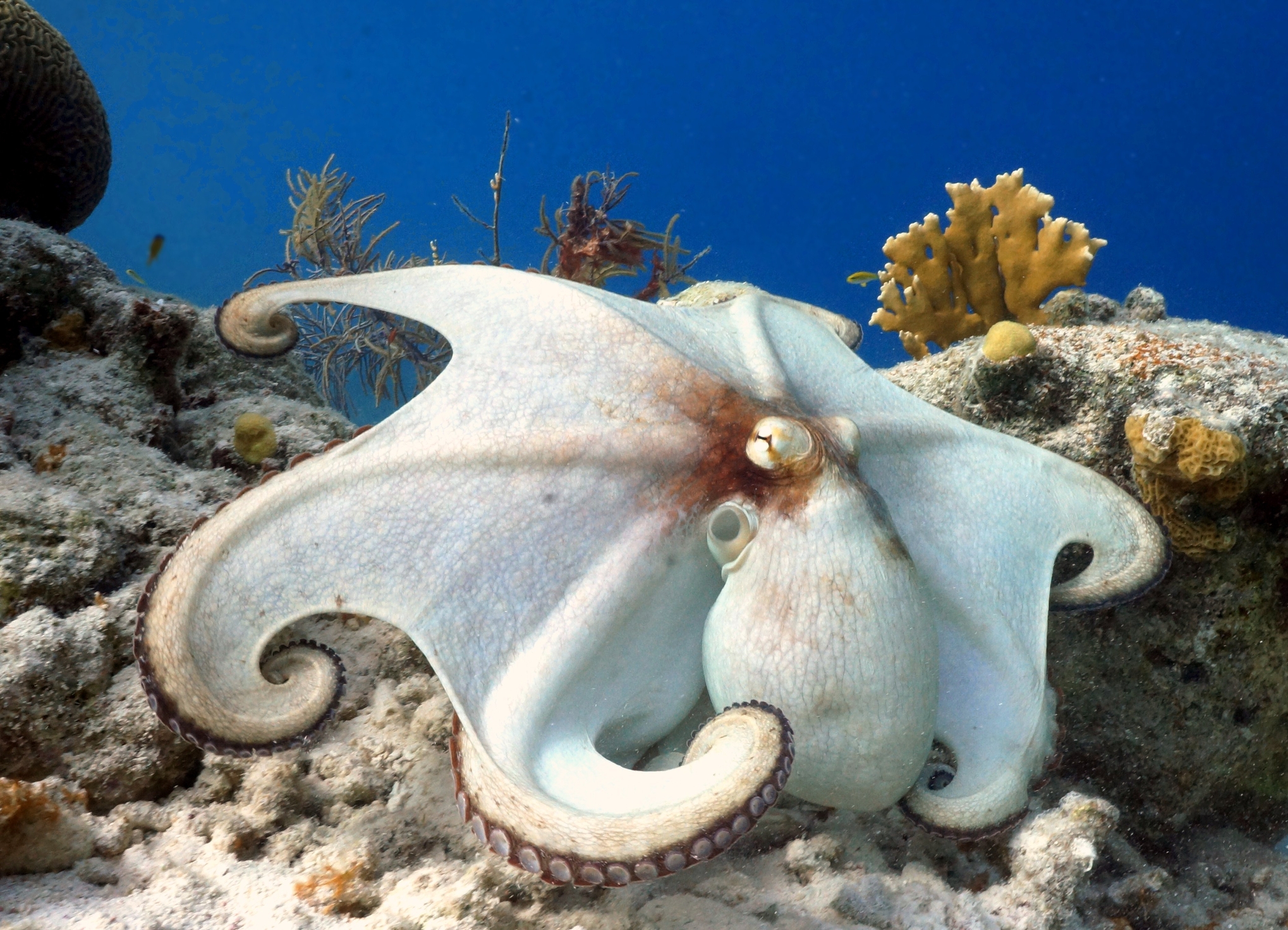
The Octopus is a master of mimicry, able to change its shape, color, and behavior to imitate a variety of other sea creatures. This ability is used for both defense and hunting and is a striking example of adaptability in the animal kingdom.
The Hibernation of Bears

Bears are known for their long hibernation periods, during which they can go for months without eating, drinking, or excreting. This remarkable physiological adaptation allows them to survive harsh winter conditions and is still not fully understood.
The Venom of the Cone Snail

The Cone snail, a small creature found in tropical seas, produces a venom that is among the most potent in the animal kingdom. This venom is not only used for hunting but also for defense. The complexity and diversity of the toxins in this venom have made it a subject of intense scientific study.
The Bioluminescence of Fireflies

Fireflies are known for their bioluminescence, a chemical reaction that produces light. They use this light to communicate and attract mates. The mechanisms behind this bioluminescence and the patterns of light produced are still being studied.
The Navigation of Salmon

Salmon have an incredible ability to return to the exact stream where they were born to spawn. This journey can span thousands of miles and involve navigating complex river systems and ocean currents. The mechanisms behind this homing instinct are still a mystery.
The Communication of Elephants

Elephants have a complex communication system that involves a combination of vocalizations, body language, and even seismic signals. They have been observed 'talking' to each other over large distances and displaying a range of emotions. This level of social complexity is rare in the animal kingdom.
From the intricate dances of peacock spiders to the cooperative hunting of wolves, the animal kingdom is full of wonder and mystery. Each creature, no matter how small or large, has its own unique behaviors and adaptations that allow it to survive and thrive in its environment. As we continue to explore and understand these behaviors, we not only gain a deeper appreciation for the diversity and complexity of life on earth but also learn valuable lessons about cooperation, adaptation, and survival that are relevant to our own lives.

